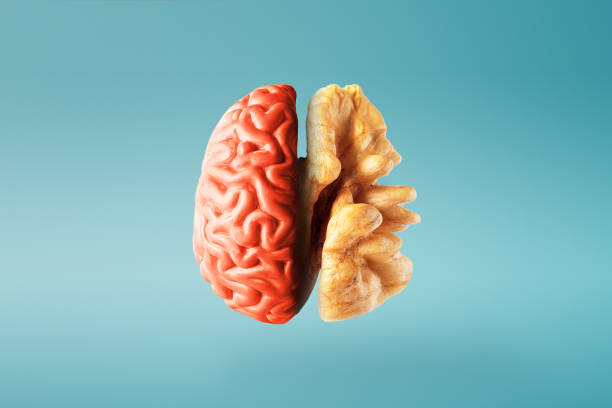ong-term memory is the ability of a person to retain information for an extended period of time. The brain is responsible for storing the data and it uses different types of memory to accomplish this task. These memory types include explicit, semantic and procedural memory. It is important to understand the characteristics of each type of memory to be able to properly use them. A one can increase his memory power by start use of modalert 200 mg pill.
Explicit memory
The long-term memory is a storage system for information in the brain. Its capacity is virtually unlimited. It stores facts, knowledge, and memories about events that happened in the past.
The long-term memory contains both explicit and implicit memory. They work in concert to help perform everyday tasks effectively.
Several studies have found that the two kinds of memory interact with each other. For example, the ability to recall a route to a restaurant depends on both explicit and implicit memory.
The encoding process is the first step in storing information. It transforms the environment into a code that can be used by the cognitive system. This process is usually aided by the process of rehearsal.
Rehearsal allows for the formation of explicit memories. This process involves creating a strong association between the code and other memory storage systems in the brain.
Various examples of procedural memories are tying shoelaces, driving a car, and remembering how to do something. Similarly, explicit memory includes recollecting a movie time, or the name of the current president.
Procedural memory
Procedural memory is the memory of how to perform an action. It consists of implicit and explicit memories. Its main function is to store knowledge about how to perform motor skills. This is achieved by repeated recitation of the learned action.
This type of memory has the advantage of being relatively stable, even after childhood. It can be formed without conscious awareness of learning.
This type of memory is stored in the cerebellum. It is involved in cognitive processes, such as attention and language, as well as motor control. It primarily deals with locomotive tasks.
The cerebellum is part of a larger structure known as the limbic system. It coordinates the various memory processes, including the storage of information. Modalert 100 is one of the great way to boost memory.
The brain’s neural correlates of procedural memory include the basal ganglia and the dorsal striatum. The basal ganglia are involved in motor planning and precise timing. They also project to the thalamus through indirect pathways.
Semantic long-term memory
Long-term memory is the storage of information in the brain. It is usually thought of as semantic or declarative memory. However, there are several other types of memory such as working memory and implicit memory.
There is much debate over whether these are different types of memory. Some claim that they are, while others argue that they are not. In any case, both are needed to perform everyday activities.
The first stage consisted of a recall test. The test consists of answering one of three questions. Among those, one was about word presentation, another was about phonemic qualities, and the last category was about the context of the word.
The second stage involved a working memory task. Participants had to remember the name of an object.
The third and fourth stages entailed similar tasks. The latter was the most complex. The aforementioned was performed by both the control and neurofeedback groups. It was interesting to note that the testing effect was significant.
Neurodegenerative conditions that affect long-term memory
Neurodegenerative diseases affect millions of people around the world. They cause damage to the nerves of the brain, leading to loss of neurons and problems with memory, movement, breathing, and thinking. Many people develop them as they get older. They also may be caused by environmental factors or inherited genetic mutations.
Although there is no known cure, treatments can alleviate the symptoms of some neurodegenerative diseases. They can also help patients maintain their quality of life. Some of the most common neurodegenerative disorders are Alzheimer’s disease, Parkinson’s disease, multiple sclerosis, and amyotrophic lateral sclerosis.
The most important risk factor for most neurodegenerative diseases is age. Other risk factors include traumatic brain injury, genetics, and exposure to environmental stressors such as smoking. If you are suffering from one of these conditions, you can make an appointment with your primary care physician. Some patients are prescribed medication or surgery to treat their symptoms.
Studies of the pathophysiology of these disorders have shown that they are often a result of uncontrolled inflammatory processes. Dysregulated inflammation can exacerbate the underlying pathology and cause chronic neurodegeneration.
View your news on Google News or contact our team 


